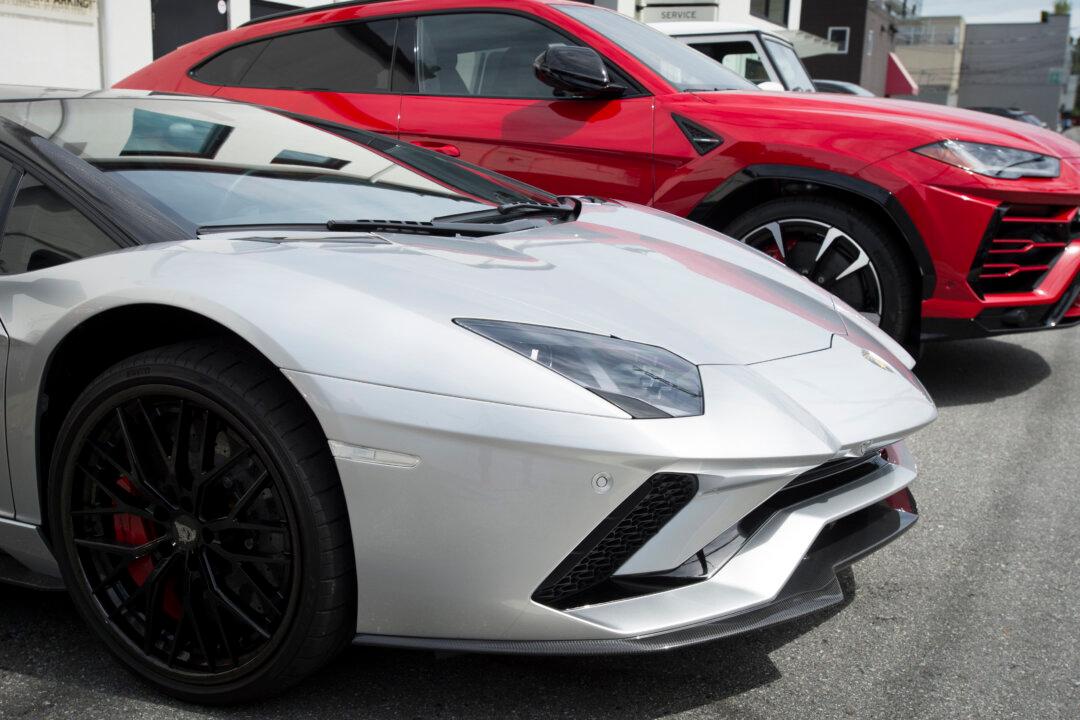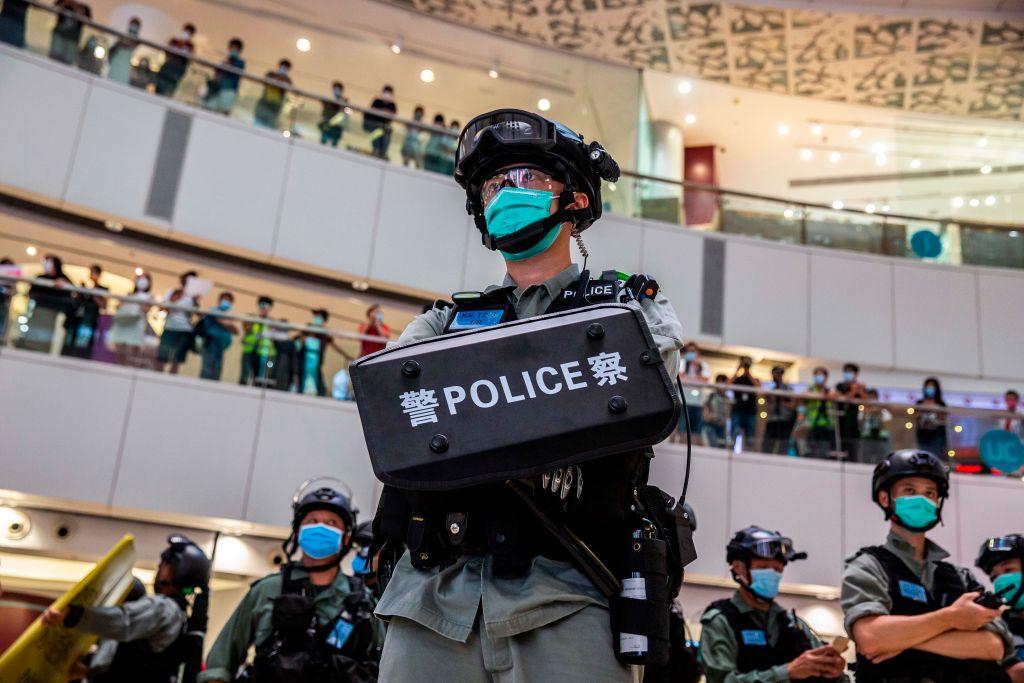Canada’s luxury tax on high-end vehicles, yachts, and private aircraft brought in $137 million this year, but it cost $19 million to collect.
The information was released by the government in response to an Inquiry of Ministry submitted by Conservative MP Scot Davidson in May in which he asked for information about the number of luxury items reported under the Select Luxury Items Tax and how much it cost the Canada Revenue Agency (CRA) to manage the tax.





